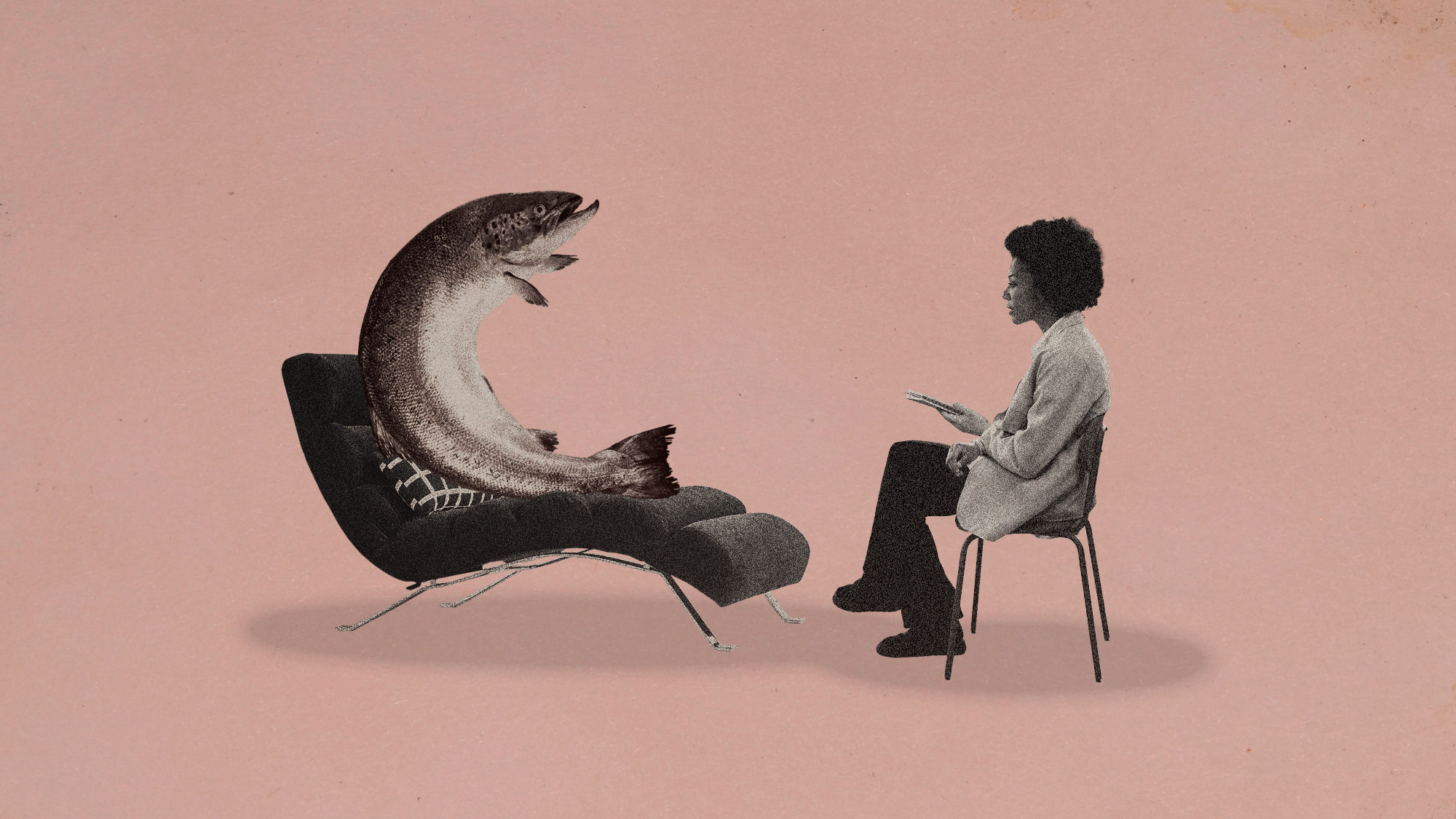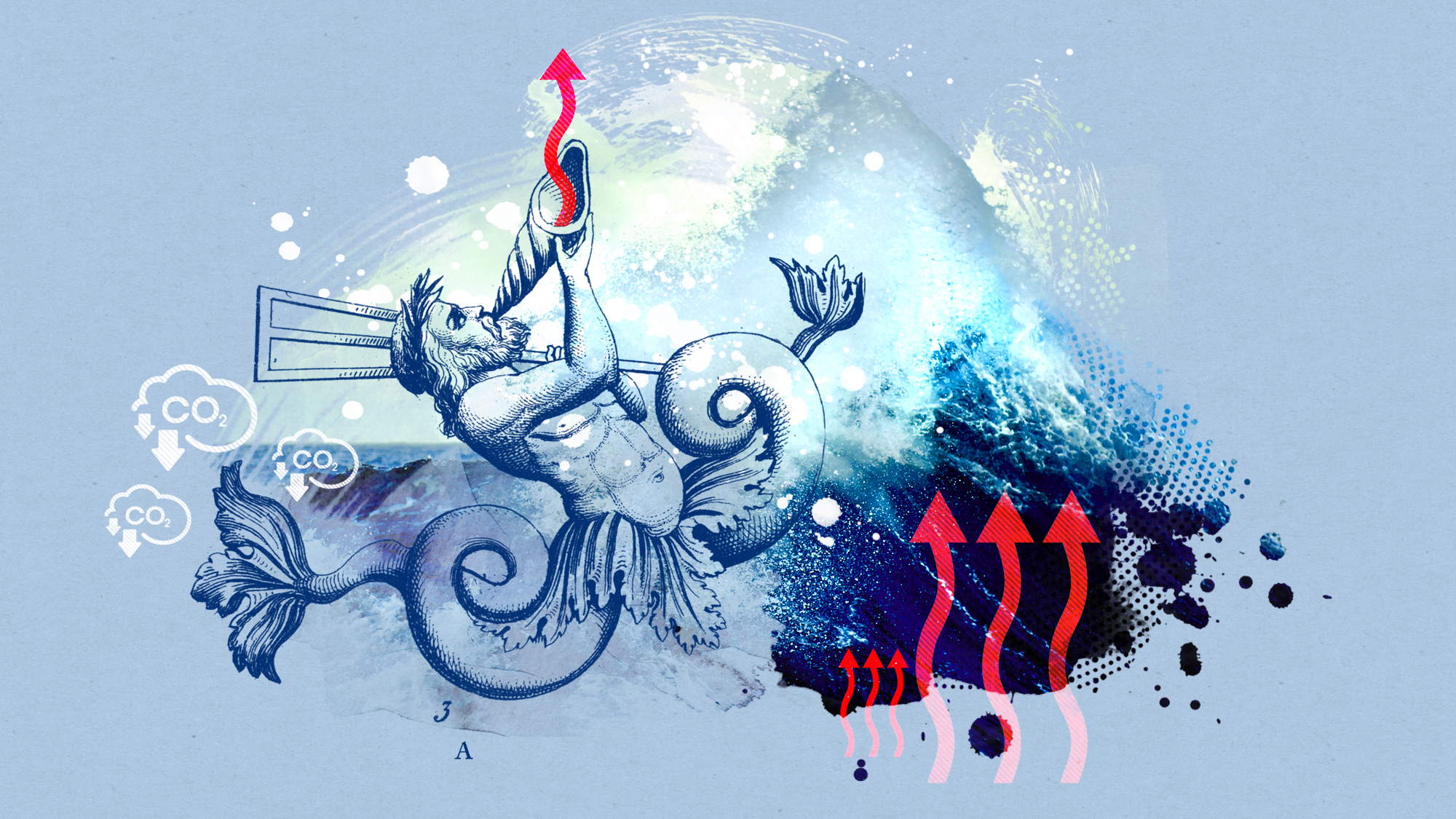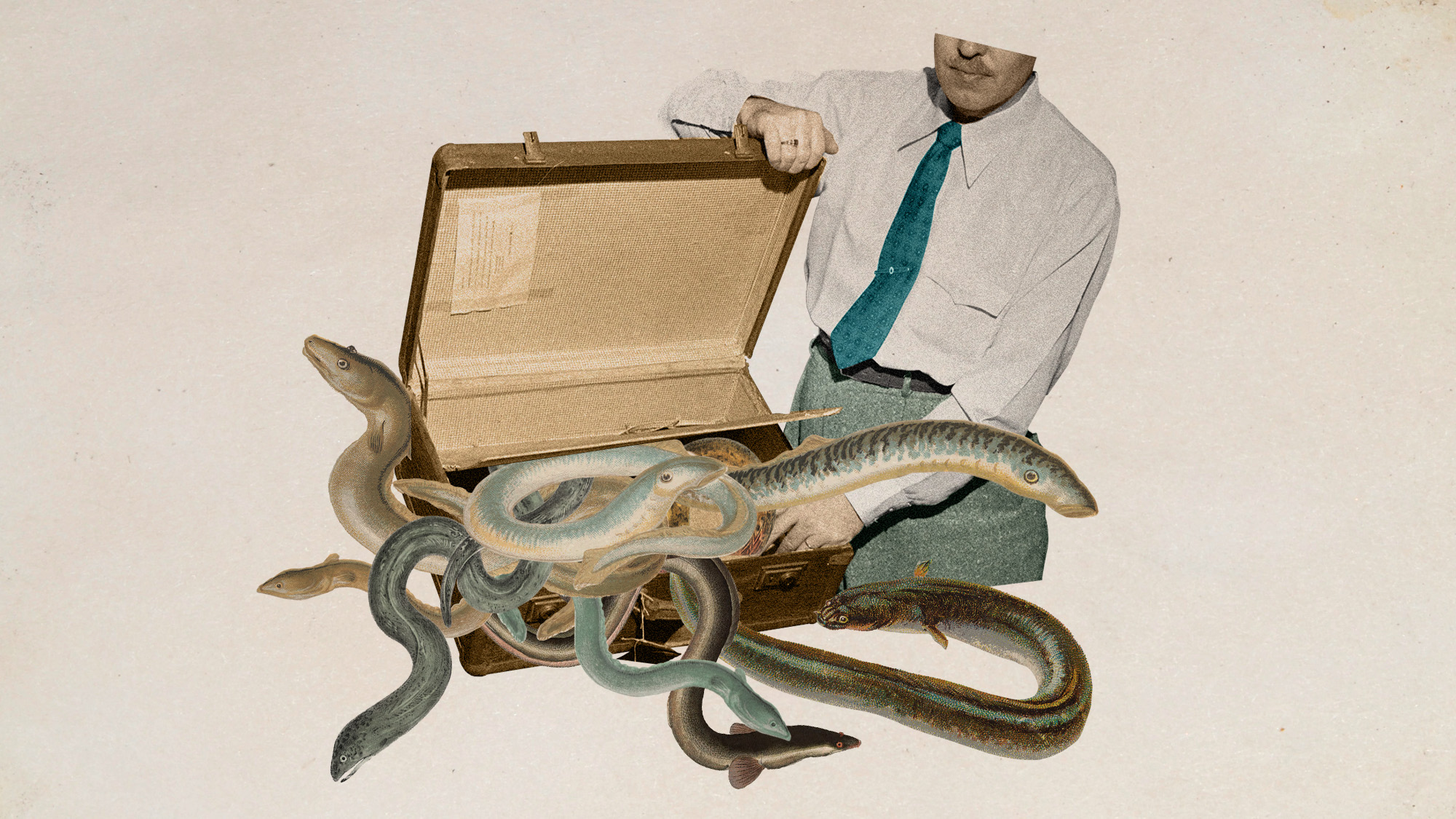Anti-anxiety drug has a not-too-surprising effect on fish
The fish act bolder and take more risks


Clobazam, a benzodiazepine used to treat anxiety, has been found to affect Atlantic salmon in similar ways to humans. Exposure to the drug makes the fish less fearful and gives them more confidence to take risks, according to a new study. This boldness can both increase their chance of survival and increase their vulnerability to predators.
Risks and rewards
Researchers dumped clobazam and the pain-relieving opioid tramadol into the waters of Atlantic salmon before they were set to migrate from the River Dal in Sweden to the Baltic Sea. The study published in the journal Science found that clobazam made the fish bolder and changed their migratory behavior, while tramadol had seemingly no effect.
More of the salmon affected by the anti-anxiety drug swam faster and farther and made it out to sea than those that were drug-free. "Here, we are actually showing that there's a direct change in behavior that then alters survival," said Michael G. Bertram, a behavioral ecologist at the Swedish University of Agricultural Sciences and a leader of the study, to The New York Times.
The Week
Escape your echo chamber. Get the facts behind the news, plus analysis from multiple perspectives.

Sign up for The Week's Free Newsletters
From our morning news briefing to a weekly Good News Newsletter, get the best of The Week delivered directly to your inbox.
From our morning news briefing to a weekly Good News Newsletter, get the best of The Week delivered directly to your inbox.
The fish with clobazam also passed through obstacles, including two hydropower dams, more quickly. "You can imagine passing through a hydropower dam — these are big dams with big turbines — is a fairly stressful event for a small fish," Jack Brand, a researcher at the Swedish University of Agricultural Sciences and the study's lead author, said to Vox.
These areas also tend to have an abundance of predators. "It's like playing poker," said Giovanni Polverino, a behavioral ecologist at the University of Tuscia in Viterbo, Italy, to the Times. "The more risks you take, the more chances you have to lose everything — in this case, the fish's life."
'Veritable soup of drugs'
Humans "share a large amount of biological architecture with fishes," said Christopher C. Caudill, a professor in the department of fish and wildlife sciences at the University of Idaho, to CNN. "Thus, it's intuitive that psychoactive drugs alter the behavior of both fishes and humans."
In humans, the two drugs used in the study are not prescribed together as they interact negatively with each other, but these do get mixed in pharmaceutical pollution. "Our bodies don't absorb 100% of the drugs we ingest, so traces of them end up in the toilet," said Vox. And because sewage treatment plants "usually can't filter them all out, those compounds ultimately end up where treated sewage is released in rivers, lakes and coastal habitats." So in many bodies of water, fish are swimming in a "veritable soup of drugs," said NPR.
A free daily email with the biggest news stories of the day – and the best features from TheWeek.com
Pharmaceutical pollution exists all over the world. Close to 1,000 different drug products have been detected in waterways globally, including in Antarctica. And since most fish tend to be much smaller than humans, even trace amounts can significantly affect their behavior. "While the increased migration success in salmon exposed to clobazam might seem like a beneficial effect," said Dr. Marcus Michelangeli, a contributor to the study, in a statement, "it's important to realize that any change to the natural behavior and ecology of a species is expected to have broader negative consequences both for that species and the surrounding wildlife community."
Devika Rao has worked as a staff writer at The Week since 2022, covering science, the environment, climate and business. She previously worked as a policy associate for a nonprofit organization advocating for environmental action from a business perspective.
-
 Political cartoons for January 4
Political cartoons for January 4Cartoons Sunday's political cartoons include a resolution to learn a new language, and new names in Hades and on battleships
-
 The ultimate films of 2025 by genre
The ultimate films of 2025 by genreThe Week Recommends From comedies to thrillers, documentaries to animations, 2025 featured some unforgettable film moments
-
 Political cartoons for January 3
Political cartoons for January 3Cartoons Saturday's political cartoons include citizen journalists, self-reflective AI, and Donald Trump's transparency
-
 Crest falling: Mount Rainier and 4 other mountains are losing height
Crest falling: Mount Rainier and 4 other mountains are losing heightUnder the radar Its peak elevation is approximately 20 feet lower than it once was
-
 ‘Like a gas chamber’: the air pollution throttling Delhi
‘Like a gas chamber’: the air pollution throttling DelhiUnder The Radar Indian capital has tried cloud seeding to address the crisis, which has seen schools closed and outdoor events suspended
-
 The UK’s surprising ‘wallaby boom’
The UK’s surprising ‘wallaby boom’Under the Radar The Australian marsupial has ‘colonised’ the Isle of Man and is now making regular appearances on the UK mainland
-
 Taps could run dry in drought-stricken Tehran
Taps could run dry in drought-stricken TehranUnder the Radar President warns that unless rationing eases water crisis, citizens may have to evacuate the capital
-
 The Southern Ocean is holding in a ‘burp’
The Southern Ocean is holding in a ‘burp’Under the radar The heat from the past can affect the future
-
 Eel-egal trade: the world’s most lucrative wildlife crime?
Eel-egal trade: the world’s most lucrative wildlife crime?Under the Radar Trafficking of juvenile ‘glass’ eels from Europe to Asia generates up to €3bn a year but the species is on the brink of extinction
-
 Megabatteries are powering up clean energy
Megabatteries are powering up clean energyUnder the radar They can store and release excess energy
-
 The Earth is getting darker
The Earth is getting darkerUnder the radar The planet’s reflectivity is out of whack
